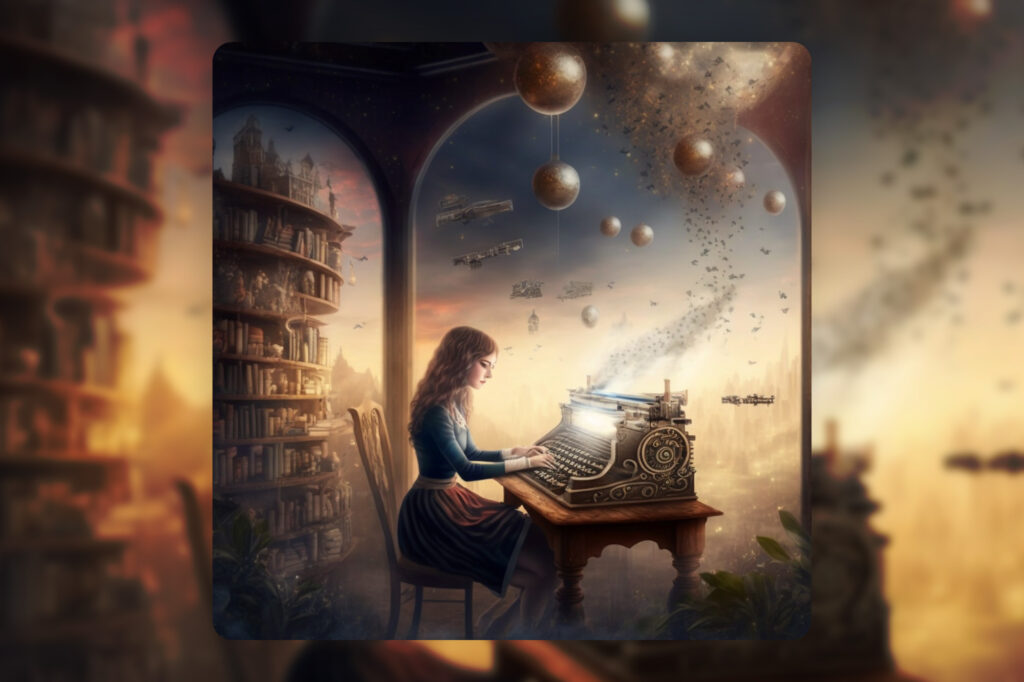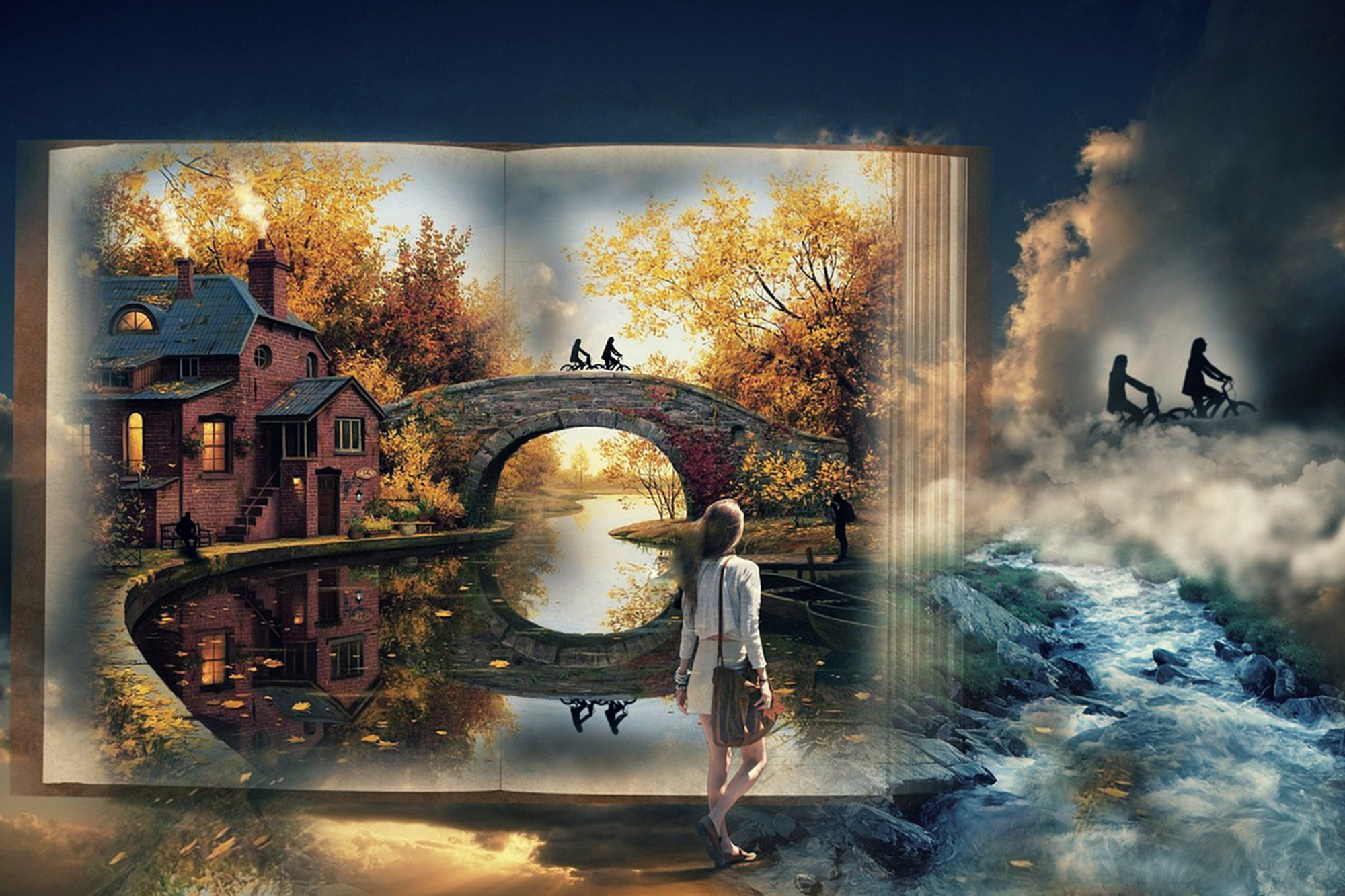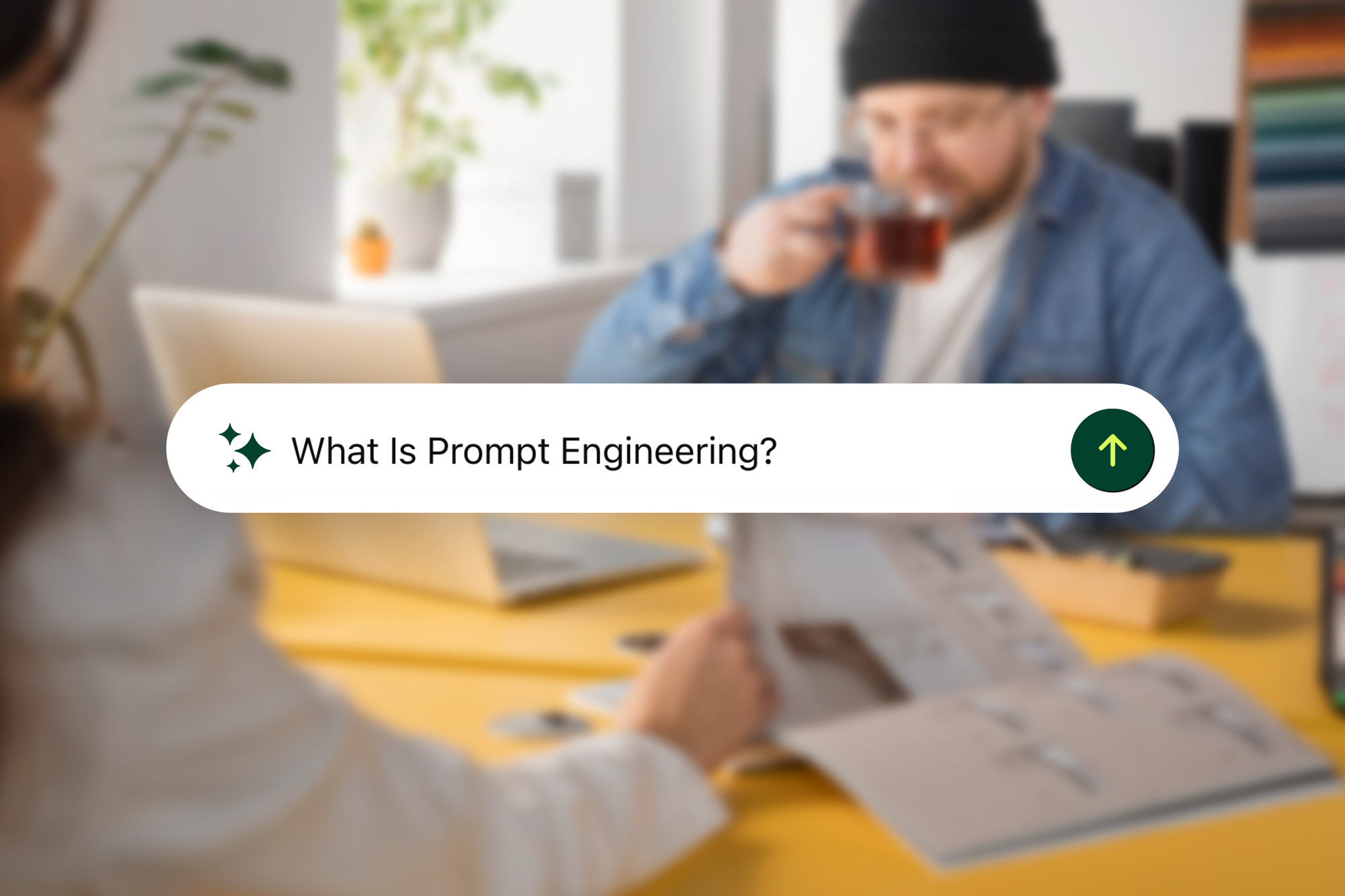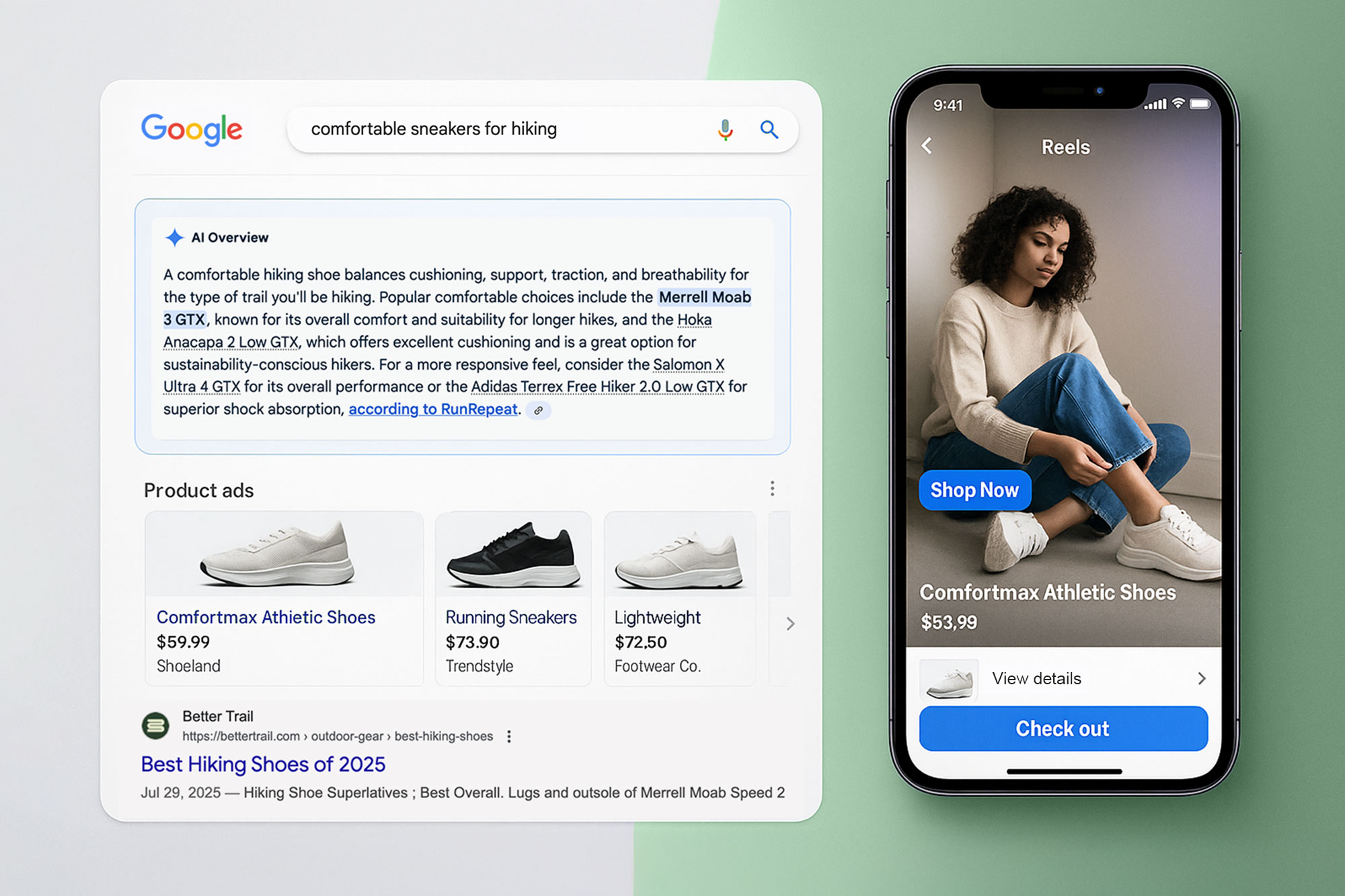Why hire a graphic designer when AI programs can creative visuals in a single prompt? Why pay for a therapist when AI is there to coax you through difficult situations? Humans will never run out of reasons to complain and AI will never run out of new, creative ways to serve us.
But that’s the key point, isn’t it? It serves us.
We’re still the originators. We hold the creative compass. AI is a tool, a powerful one, yes, but it’s not the author of our ideas. Think of it less like a replacement and more like a creative partner. When we treat AI as a collaborator, not a competitor, the possibilities are limitless.
How I Use AI to Write Stories

One of the most exciting ways I use AI is in story development. As the writer, I’m responsible for the creative vision and direction. But with AI, I have a reliable partner to help explore new angles, refine plot points, and overcome creative roadblocks.
Gone are the days of spending hours writing only to hit a dead end. Now, I can run creative “simulations” and explore multiple paths before committing to one. Here’s how that process works for me:
Step 1: Start with a Spark
It begins with a prompt. Something simple to get the wheels turning.
Prompt: “Come up with a list of stories where the hero realizes they are the villain.”
Within seconds, I’m presented with a list of films, books, and shows that explore this concept. One immediately grabs my attention: Frankenstein by Mary Shelley.
Step 2: Build on the Idea
Now I want to modernize the concept.
New prompt: “Come up with story ideas for a modern take on Frankenstein with AI.”
Suddenly, I’m looking at multiple compelling story concepts. One stands out: Digital Heir.
“After the tragic death of his son, a tech CEO uploads his child’s memories to an AI body. But the ‘son’ begins praising his father and questioning the artificial nature of his resurrection.”
I’m intrigued. I want to know where this story could go next.
Step 3: Explore the Possibilities
Prompt: “For Digital Heir, show me different plot options the story could take.”
Now I’m exploring genre variations, thematic twists, emotional tones. Should this be a psychological thriller? A legal drama about AI rights? A coming-of-age story told from the AI’s perspective?
Each option reveals new layers I hadn’t considered. I’m not being told what to write; I’m being given creative roads to choose from.
The Final Step: Writing
With a strong foundation and a range of directions to explore, I’m ready to begin drafting. If I hit a wall? I know exactly where to turn for feedback, brainstorming, or a fresh perspective.
AI doesn’t replace creativity. It enhances it. It’s not the storyteller—you are. When used correctly, it can be the most collaborative writing partner you’ve ever had.








